Changing Player Behavior
previous article | next article
One thing I need to do a lot as a game designer is come up with ways to get players to do what I want them to do, instead of something else. For example, if I design a game and I want it to about exploration and find that players are not focusing on that — I need to find a way to alter the game to give them a reason to change their behavior.
This is also commonly used in multiplayer games to provoke metagame behavior (such as not cheating, not trolling, taking breaks, etc).
A lot of designers struggle with this, and I used to struggle with it, too.
Then I went to the DICE conference one year and saw Bill Roper, creative director on the original two Diablo games, give this talk:
It’s a long talk, so I won’t expect all of you to watch it right now — but it’s amazing. It changed my outlook entirely.
Before I talk about how, let me get into a few behavioral psychology tricks that people use to change behavior:
- Punishment – “If you do the bad behavior, something bad happens to you.”
- Negative Reinforcement – “Something bad happens to you always, unless you do the correct behavior.”
- Reward – “If you do the good behavior, something good happens to you.”
There are also combinations of the three, but for this article I’m going to talk about them separately.
Punishment doesn’t work
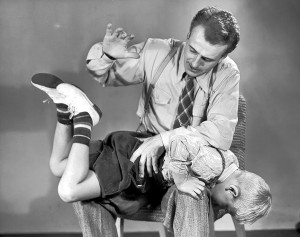 Punishment, in terms of rats in a maze, is when a rat gets an electric shock when it does something wrong. In terms of a game, this might be something like a player losing all progress on death and having to start over from the beginning.
Punishment, in terms of rats in a maze, is when a rat gets an electric shock when it does something wrong. In terms of a game, this might be something like a player losing all progress on death and having to start over from the beginning.
Let’s get this out of the way first. Punishment does not work to change behavior in the long term.
There is a ton of evidence to support this, but even if there weren’t studies about it — I’d know it was true for video games. I know because I’ve watched literally hundreds of hours of user testing sessions, where we get normal human beings in to play games (like rats in a maze) and watch what happens. And what happens is that when they are punished, their behavior changes for a while — but when they are repeatedly punished the behavior changes drop away after a relatively short time and they revert.
Just trust me on this — punishment is not at all effective at changing behavior. Just don’t use it for that. There are reasons to use it, but changing behavior is NOT one of them.
Negative reinforcement
Negative reinforcement, for rats in a maze, is when a rat gets a constant electric shock unless the rat pushes a button to stop it.
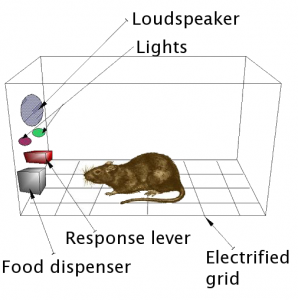
Here are a few video game examples of negative reinforcement:
- Animal Crossing: The longer you don’t play the game, the more roaches you get in your house and the more people will leave your town.
- Lots of mobile games: While you’re not around, resources accumulate. But there is a cap, and they won’t accumulate anymore.
- Etc…
My experience with negative reinforcement has been that it does inspire people to change behaviors, but only for a limited amount of time. People may log into your game for months so that their houses don’t get roaches, but eventually they’ll stop caring. Other people might log back in after a long absence, see the amount of work they have to do because their farm has degraded over time, and then rage quit.
So it’s effective, but it’s not enough. It’s a part of the toolbox, but it isn’t a good solution to many problems.
Reward
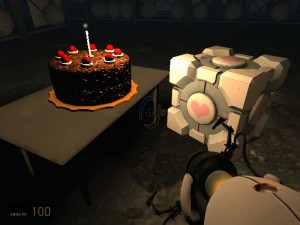 This is the most effective technique for changing behavior. In terms of rats in a maze, this is giving the rat a treat every time it does what you want it to do.
This is the most effective technique for changing behavior. In terms of rats in a maze, this is giving the rat a treat every time it does what you want it to do.
You’ll probably notice that video games use rewards to an insane degree. Just in a typical Ratchet and Clank series play session, we’ve got dozens of overlapping reward systems working at the same time.
- You unlock a new level when you finish an old level
- You get bolts for killing enemies
- You get weapons for saving up bolts
- You get gold bolts for exploring off the path
- When you destroy an enemy, it plays satisfying theatrics.
- The more enemies you destroy with a weapon, the more powerful the weapon gets
- The more enemies you destroy, the more life you have.
- Etc…
There’s a great article on Gamasutra from 2001 that talks about different ways of structuring rewards to get the play patterns you’re looking for. I’ll be creating an article soon talking about similar ways to do it, but this might be enough to get you started on that path.
Ok, so I’m punishing or negatively reinforcing, and it’s not working the way I want it to. What should I change?
Generally speaking, you find the punishment and “downgrade it” to something less severe, like negative reinforcement. My favorite, and the basic thesis of the Bill Roper talk I embedded above, is to “flip” the punishment/negative reinforcement and turn it into a reward.
Let me give you an example from a massively successful game that did this very publicly. Back before World of Warcraft launched, a bunch of friends of mine had access to the Beta, and played it all the time. They were obsessed. We’re talking hundreds of hours for a game that threw out their progress every few weeks (it was in Beta).
Near the end of the Beta period, WoW began to implement the system that eventually became their “Rest XP” system. They wanted to include a system in the game to discourage binge playing — essentially those people who play the game for long stretches and so get way ahead of everyone else. They also wanted to offer a reason for players who had not played in a long time to return and play some more.
Here is how they first tried to implement this system:
- Normally, when you kill a monster you get a certain amount of Experience Points (XP). Let’s say you get 20 XP per monster.
- The longer you keep playing the game without a break, the less XP you get per monster, down to a minimum (say 10XP per kill).
- When you log out, the XP penalty gradually removes itself over time until you’re once again earning 20XP per monster.
The players HATED it. It was a disaster. Blizzard quickly put in a fix, and here’s how it worked after the fix:
- Normally, when you kill a monster you get a certain amount of Experience Points (XP). Let’s say you get 10 XP per monster.
- If you keep playing you keep getting 10 XP for every kill you get.
- If you stop playing and log your character out in an inn, you begin accumulating a “Rested” bonus.
- Every time you kill a monster and you have a Rested bonus, you get double XP instead of the normal amount. So monsters would give 20XP now.
- The more monsters you kill, the less Rested bonus you have, until it runs out, and then you get the regular amount of XP again. Monsters would once again give you 10XP per kill.
Notice, that this is still the SAME system. All they did is “flip the negative into a positive.” Instead of always getting 200% XP and then losing that bonus over time, you now get 100% XP and GAIN a bonus over time.
In general, this system was incredibly popular. People love getting bonuses, and a bonus for doing nothing seems too good to be true. My friends, all game designers, came back from having played this new system and they freaking LOVED it. A couple of us tried to point out how it was the exact same system with the signs flipped.
All they’d say in reply was “You don’t UNDERSTAND, I’m gaining XP right now for not playing, not losing it while I play!”
Effective.
Patreon Credits
As always, these articles wouldn’t be possible without my supporters on Patreon: (http://www.patreon.com/mikedodgerstout):
Champions
Petrov Neutrino
Guardians
Aidan Price
Martin Ka’ai Cluney
Patrons
François Rizzo
Scruff
Genevieve Pratt
Jesse Pattinson
Nikhil Suresh
Teal Bald
Vincent Baker
Benefactors
Justin Keverne
Ben Strickland
Mad Jack McMad
Oliver Linton
Katie Streifel
Annie Mitsoda
Supporters
Margaret Spiller
Jason VandenBerghe
The Yuanxian
Backers
Kim Acuff Pittman
Karl K.
Andy Kim
Joel S.
Neal Laurenza
Christopher Parsons
David Weis
Matt Juskelis
Mary Stout
2 Comments Already
Leave a Reply
You must be logged in to post a comment.
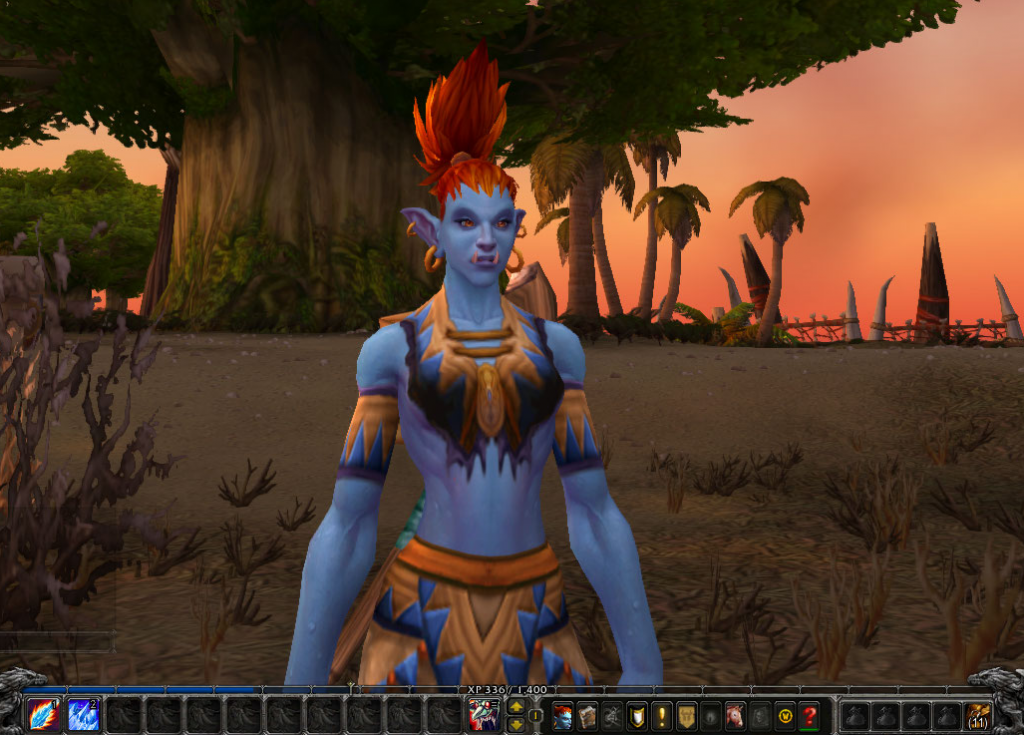

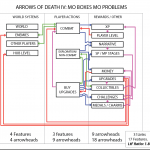
You mentioned it briefly. If punishment isn’t good at changing behavior, what is it good at?
Sometimes you want to make the player feel frustrated or upset (say, for narrative reasons). Punishment is great at that.
Fable 2 had some interesting sequences that did that.
In some games (Like Fable 2) that give a choice between good and evil, the player is punished for choosing good and rewarded for choosing evil so that being good feels harder than being bad.